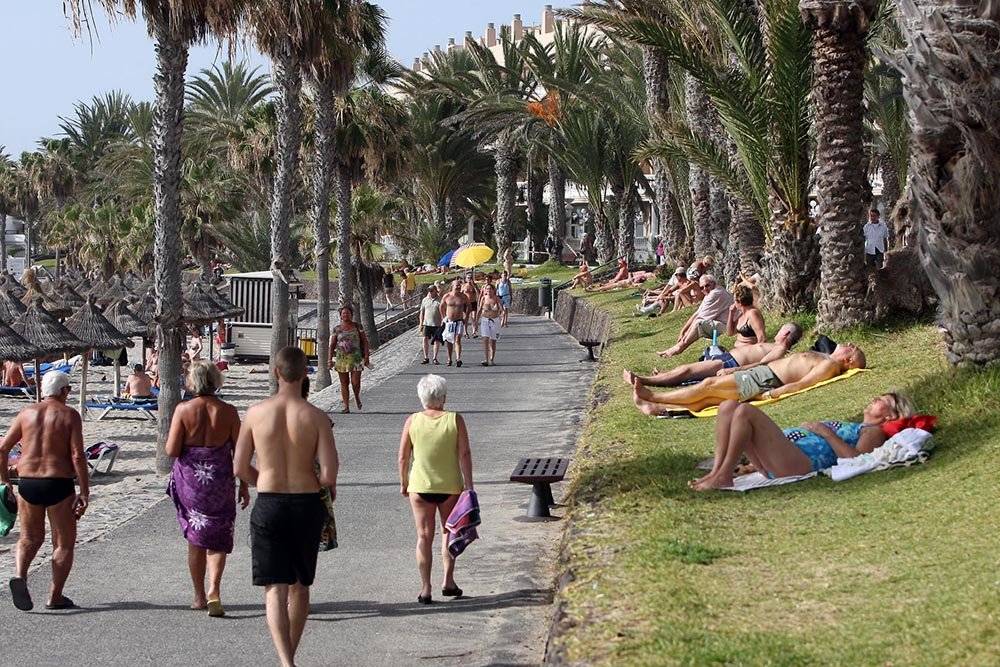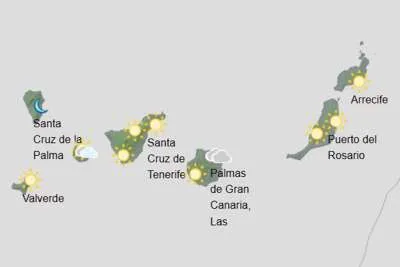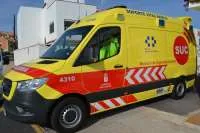Temperatures will top 40°C again this Monday as heat wave continues
- 11-07-2022
- Health
- CECOES .
With the arrival of the first heat wave of the summer and temperatures over 40°C continuing today, the risk of suffering from heat-related illnesses such as sunstroke has increased dramatically. For this reason, the Canary Emergency Services (SUC), have issued advice and recommendations to prevent or treat sunstroke, especially the importance of acting before the appearance of the first symptoms.
Sunstroke can manifest itself in various ways, and it is important to act quickly in the correct way, depending on the severity of the condition, to avoid emergency situations that can endanger people's lives.
In less serious cases, the person may have a headache, a swollen face, a feeling of fatigue, nausea or vomiting, intense thirst, and excessive sweating, while in severe cases there is no sweating, but in this case, the skin is dry, hot and reddened. In addition, there is a risk of seizures, especially in children under 3 years of age, and slipping in and out of consciousness.
The SUC advises, that before the appearance of the first symptoms, the affected person must be placed in the shade, in a cool and ventilated place. Next, it is recommended to put wet cloths on the forehead and drink water, but only in small sips. Also, the person should be placed in the recovery position, lying on their back with their legs slightly raised and their head tilted.
In the event that they are slipping in and out of consciousness, do not give them any food or water. In this situation, when symptoms are more serious, such as having dry and hot skin or having seizures and the shakes, you must call the 1-1-2 emergency telephone number where the SUC doctors will tell you how to act until the arrival of medical personnel, as this situation can be fatal due to a generalized failure of the mechanisms that regulate body temperature.
However, as in other emergency situations, the SUC emphasizes prevention when facing high temperatures. This is why it is necessary to be aware of the alerts for high temperatures and follow the preventive recommendations established by the Canary Islands Government, such as avoiding exposure to the sun during hours of the greatest intensity, from 12:00 to 5:00pm, wearing caps, fresh clothes, not doing intense physical exercise under the sun, or in the hottest hours, and keeping hydrated by drinking plenty of water.
The groups most susceptible to sunstroke or heat stroke are children and the elderly since at these ages the body has more difficulty regulating body temperature. Likewise, along with other risk factors, taking different drugs, such as diuretics and antihistamines, or suffering from certain diseases such as diabetes, can also make them more vulnerable.
Precautions must be taken with these people, who are more likely to suffer from this pathology, providing them with liquids regularly and trying to cool the room in which they are staying.
























































